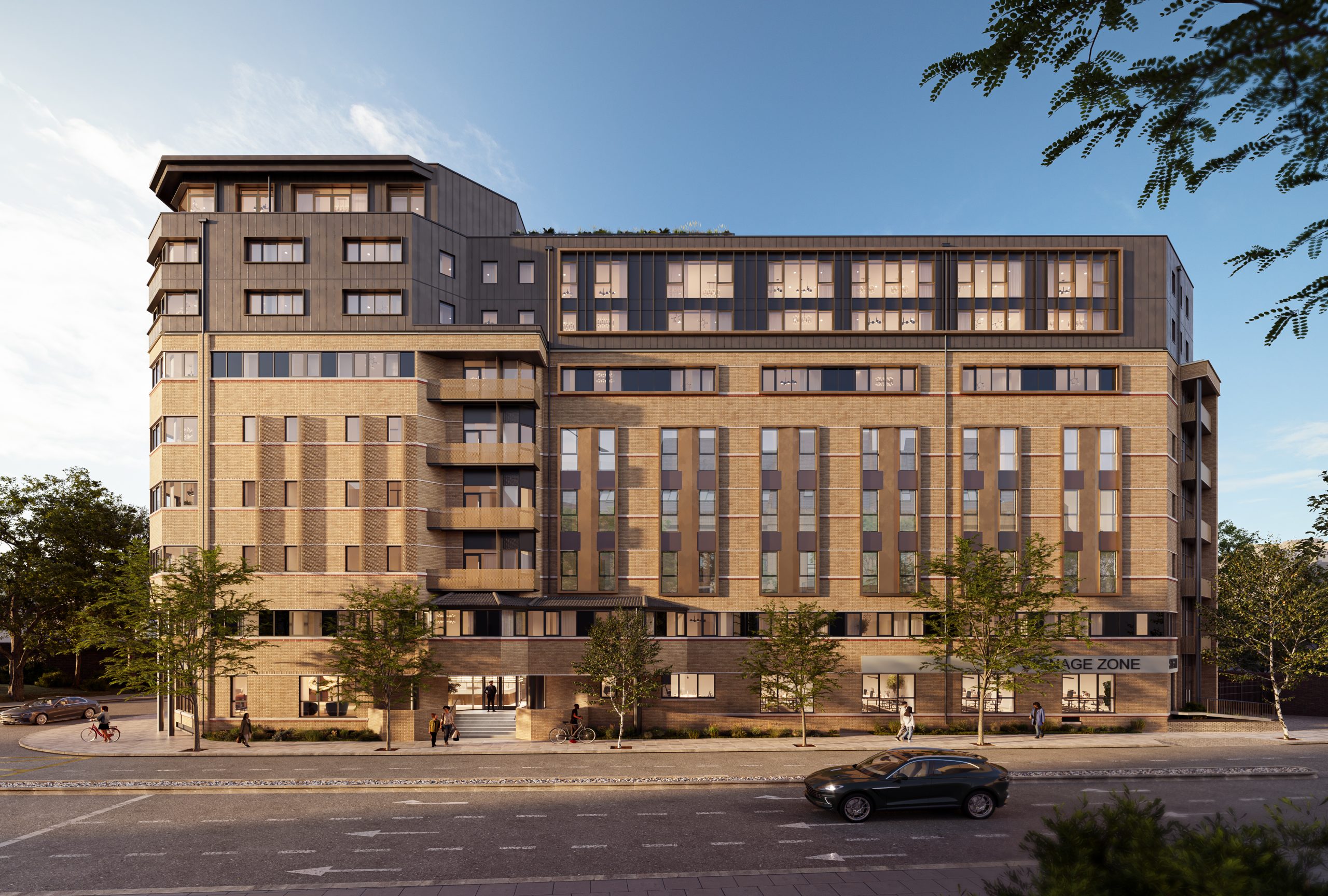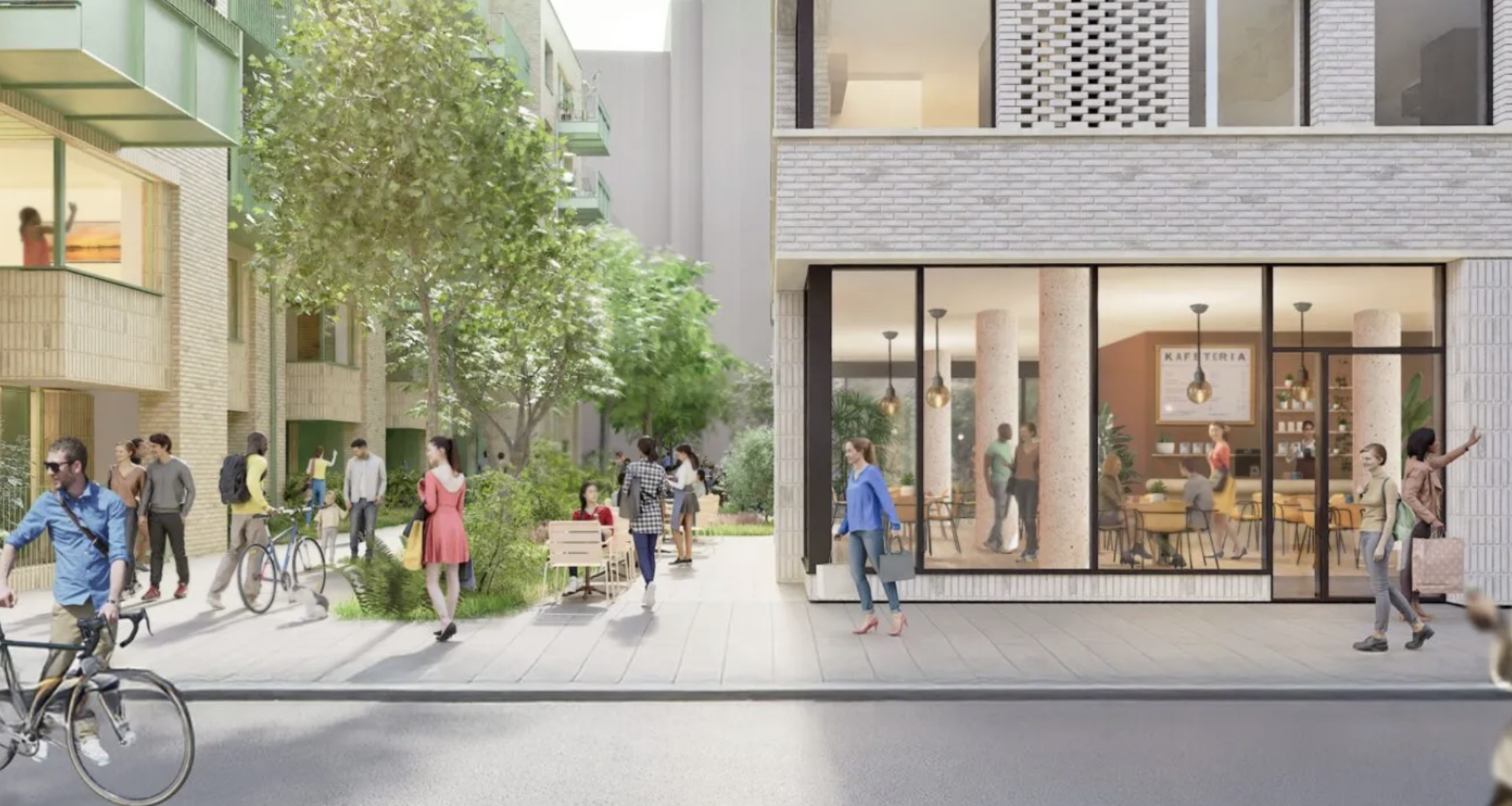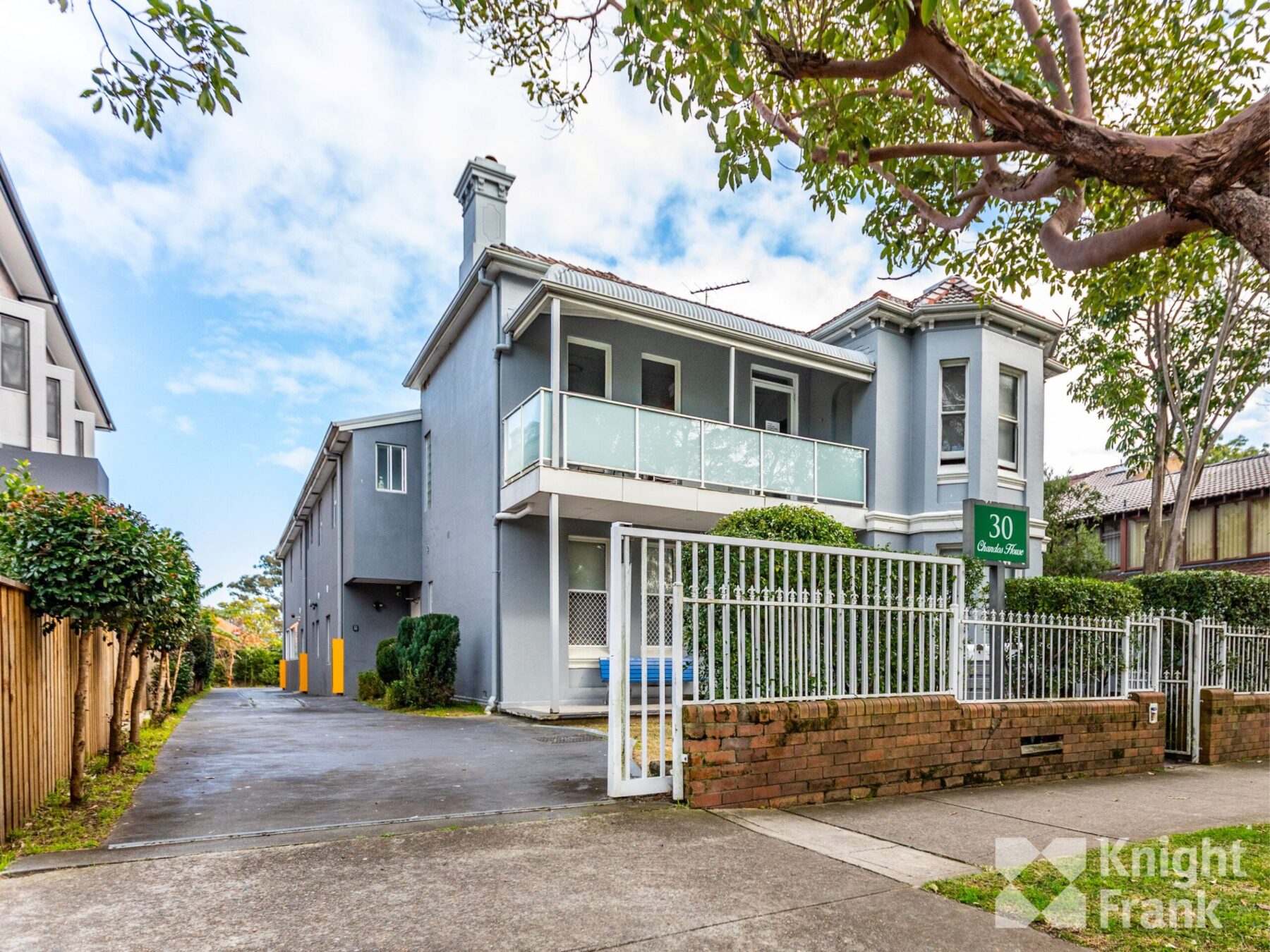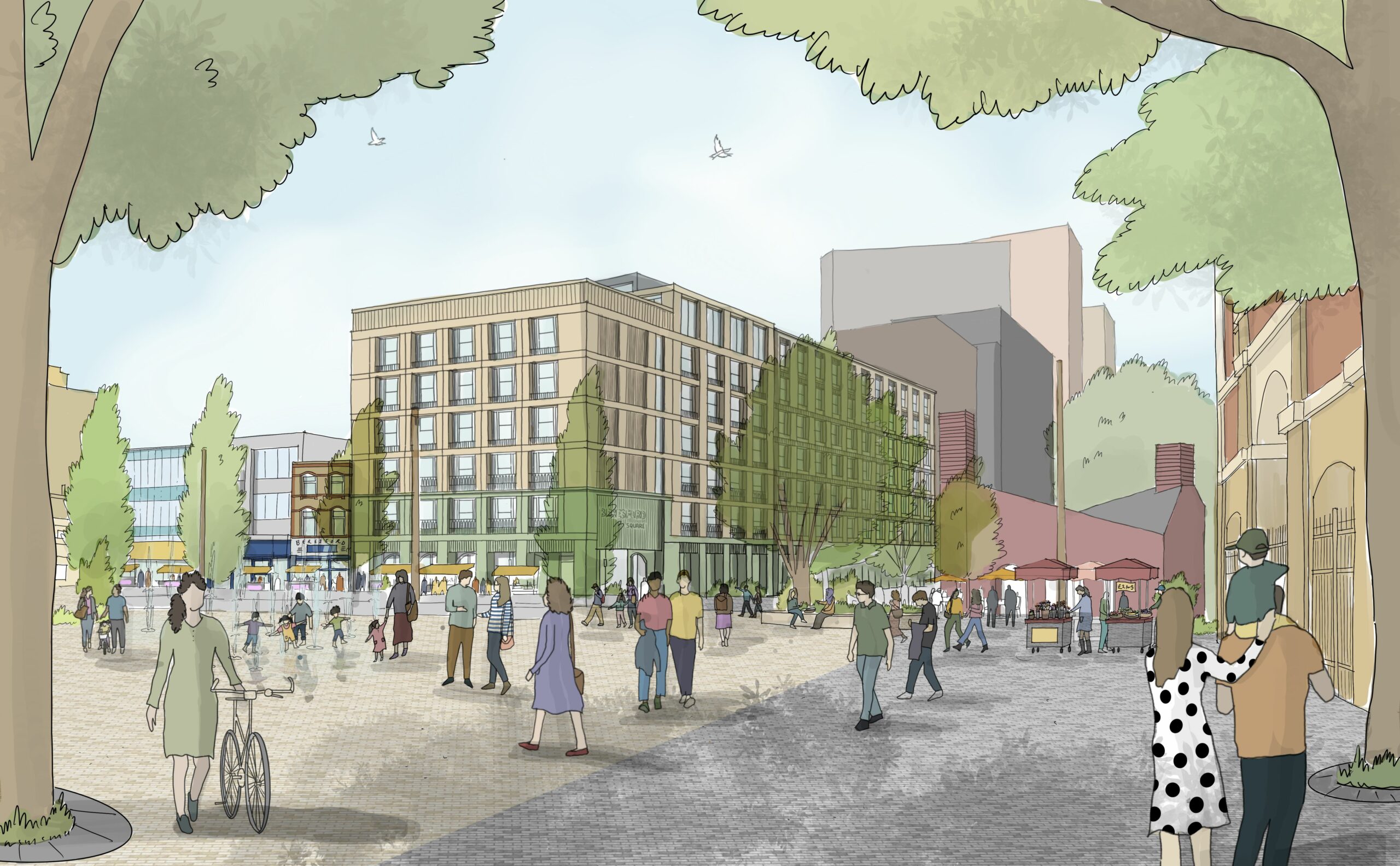UK: Research from Gerald Eve has found that, while London’s potential market for coliving accommodation is 600,000 beds, supply is forecast to reach just 11,500 beds by 2027, highlighting the mismatch between supply and demand within the market.
Gerald Eve’s Co-Living Operator Survey provides analysis of the coliving real estate sector, highlighting its increasing appeal in London and beyond.
It says the sector provides significant investment opportunities, particularly in certain areas. Gerald Eve’s survey found that, within Zones 2 and 3, the investment yield for existing coliving stock ranges from four per cent to 4.75 per cent, reflecting a mix of stock, but recent prime funding deals in London are showing yields of between 4.35 per cent and 4.5 per cent.
Students represent between 10 and 96 per cent of coliving occupants, depending on location. However, whilst London has a student population or potential market of 370,000 students, there are just 100,000 PBSA beds, representing a significant gap in the market that co-living is primed to fill.
The research also uncovered key trends pertaining to coliving tenants. In London, the typical tenant is on an average salary of £37,375 per annum, renting for a term of 12 months, with 46 per cent of tenants from overseas. And, whilst the capital’s typical coliving tenant has an average age of 28, the age range of coliving tenants is from 17 to 67 years old.
Jo Winchester, coliving consultant at Gerald Eve, said: “Our research underscores coliving’s potential as a resilient and adaptable housing model in the face of rapidly changing urban lifestyles and housing needs. The sector is clearly experiencing dynamic growth, offering new living solutions that cater to a diverse urban population. Meanwhile, the GLA’s recently published space standards provide helpful guidance for developers and greater flexibility with regards to the provision of communal space.”
“This report clearly marks out co-living as part of the housing solution for today’s rapidly changing cityscape. Of particular note is the role of co-living in catering to the needs of single renters – a segment of the market historically under served by traditional rental markets,” she added.
























